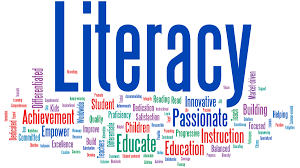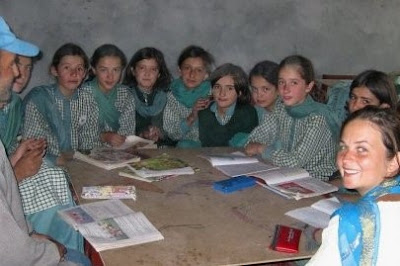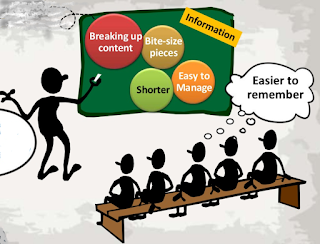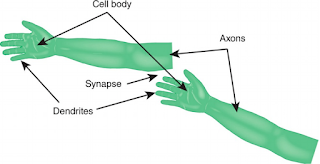How to read a research article for your academic writing?
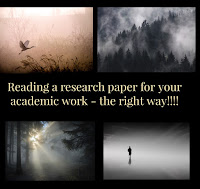
University or college students need to read research articles for their assignment and thesis. I have struggled with reading research papers. I easily get distracted. One paper takes me to the rabbit hole full of other research. After years of struggle, I learnt the lesson – do not read a paper in its own sequence!!!! That’s correct! I used to read the abstract and while I read the introduction cum literature review; I am lost into the piles of other research articles. To avoid the fog, do not read a paper from top to bottom, left to right, word to word. Instead choose your sequence. Here is mine: I skip the introduction or literature review part of a paper and come back to it at the end. If I find the abstract relevant, I read the study design and method of the study. This saves me time because I can focus the current study instead of other relevant ones. After the study design I read the result/analysis followed by the discussion section. I take notes as I read the re

